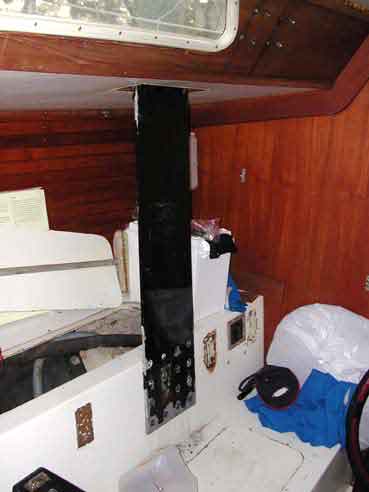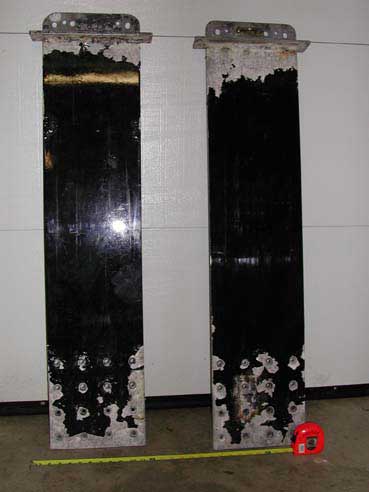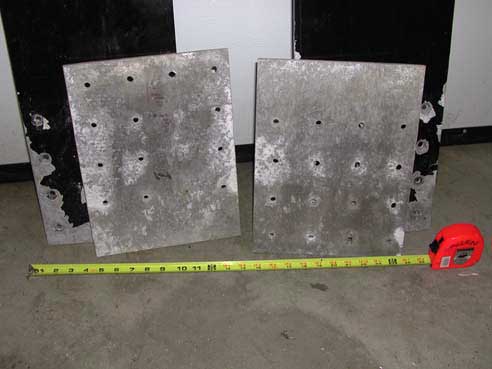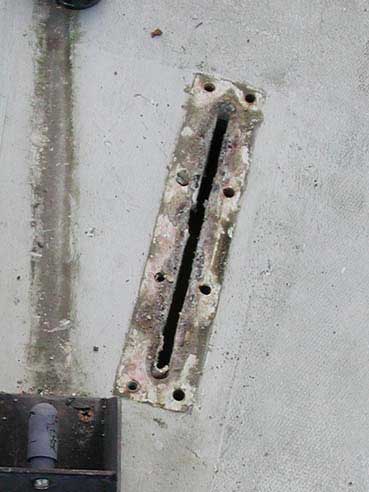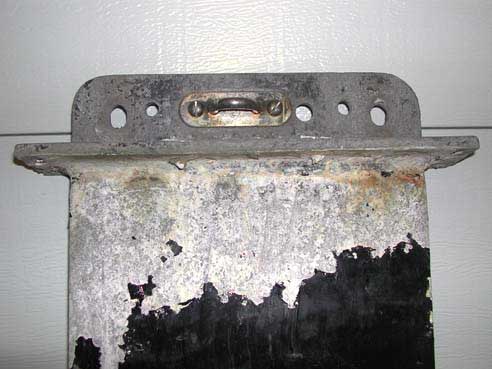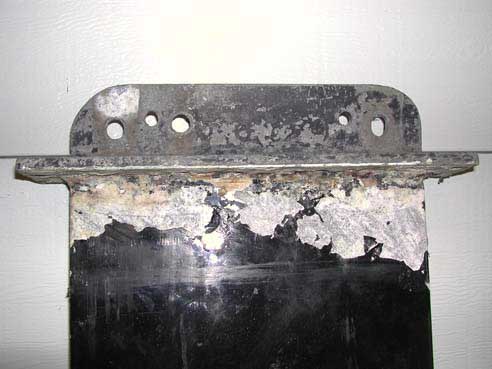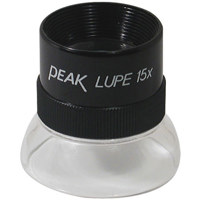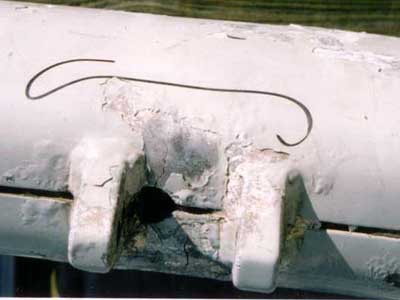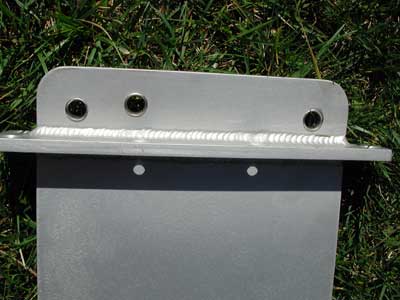Regarding my estimates for the pricing of the materials for the chainplates, my initial investigation (the McMaster Carr catalog) led to a gross over-estimate. The 4 or so square feet of 3/8 material in each chainplate works out to approximately 20 pounds of Aluminum per chainplate. I found another source selling aluminum plate for $3.65 per pound, so that's about $75 of materials per chainplate (although I can't vouch for the quality this particular source's materials).
I would really like to thank everyone for their comments and advice. Tim was right on in describing the role of these chainplates in the overall structure of the rig of my boat, and the loading my rig has to support
Tim wrote:I think an appropriate footnote to all the good advice given so far in this thread is that in the end, the rig is not a place to mess around..
Even before reading this, I had decided to go with the "complete package" in the Rigger's proposal. This will include new chainplates, as well as repairing the crack in my mast, replacing all of my rod-rigging (including turnbuckles), servicing the hydraulic cylinders for both backstay and vang, replacing the hydraulic system pressure gauge, adding a shiv-box to the front of the boom for single-line reefing, adding tangs and halyard blocks for a removable inner fore-stay and running back stays, fixing the check stays, installing a Shaefer System 2100 roller furler, replacing two halyards, installing lazy jacks, replacing all of the electrical wiring and installing a new masthead tricolor/anchor light, and prep and painting (Awlgrip) of both spars. Oh, and they're going to put the mast back into the boat and set it all up, too.
(In case you're wondering, although wire is less expensive than rod, and making up wire stays and shrouds is a DIY proposition, switching my rig from rod to wire would have required re-doing all the spreader bases, among other things, which meant that wire rigging would have cost more than new rods. Rod rigging does have the advantages of less weight and windage aloft, less stretch, and the potential for longer life than wire.)
All of this adds up to quite a few pretty pennies (several more than I paid for the boat itself, in fact) -- I'm really going to be scraping the bottom of the barrel to pay for this now (anyone want to buy some sails?). But it is all work that I anticipated would need to be done sooner or later -- I just didn't anticipate doing it all at once! Much of it is work that I could
not (and/or would not want to) do myself: welding aluminum, cold-heading the rod rigging, rebuilding hydraulic cylinders... Certainly some of the work I could do myself, including the painting and prep, electical wiring, etc..., but I don't have the mast sitting at home -- it's 450 miles away! Plus, I do have a full-time job, and as my wife points out, she's the one who does all the painting around our house. That, and I really do want to go sailing
this summer !-)
Thanks again,
